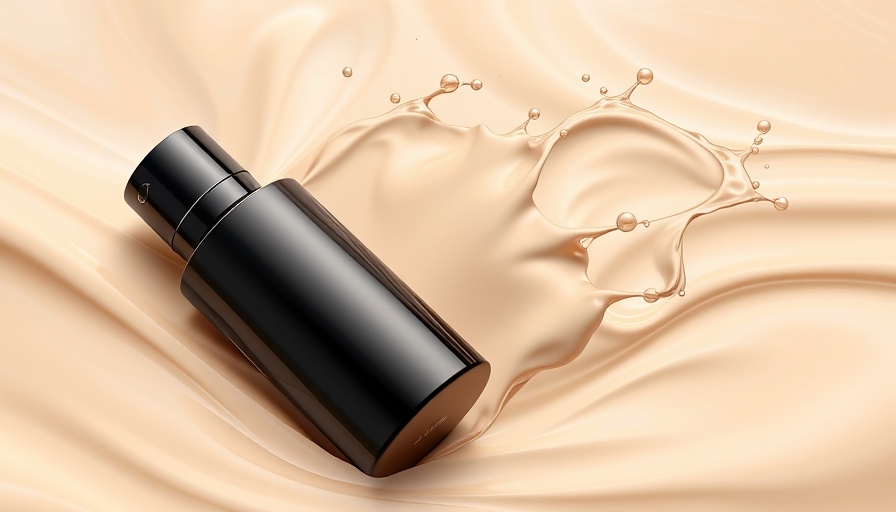
Understanding the Link Between Atopic Dermatitis and Ocular Health
Atopic dermatitis (AD), commonly considered a skin condition, holds a deeper connection to ocular health than many may realize. In a revealing discussion presented by Dr. Jim Del Rosso at Winter Clinical Miami, he underscored the alarming statistic that approximately 85% of patients with atopic dermatitis experience some form of ocular surface disease (OSD), often without awareness. These ocular issues can range from mild dryness and irritation to more serious conditions that may affect vision.
The Role of Biologics and Eye Care
Advancements in treatment have brought biologic therapies, like dupilumab, to the forefront of managing AD. While these medications have revolutionized care, they are not without risks. Notably, they can lead to side effects such as conjunctivitis, making regular eye examinations crucial for patients being treated for AD. Del Rosso advocates for a collaborative approach between dermatologists and eye care specialists to ensure all aspects of patient well-being are considered in their treatment plans.
Ocular Health Management: The Path Forward
For practitioners in the aesthetic medicine field, being informed about the intersection of AD and ocular health is vital. Regular eye exams should become standard practice for AD patients, as early detection of ocular comorbidities can significantly improve patient outcomes. Additionally, using preservative-free lubricating eye drops can mitigate complications and provide relief. A proactive stance on ocular health can enhance the overall quality of care provided in medspas and aesthetic practices.
A Call for Awareness Among Aesthetic Professionals
Understanding the nuances of atopic dermatitis and its ocular implications empowers aesthetic professionals to not only treat the skin but also advocate for comprehensive health. By integrating knowledge of ocular health into treatment protocols, medspa owners and managers can greatly improve patient experiences and outcomes, making it a crucial consideration in the growing aesthetic medicine landscape.
 Add Row
Add Row  Add
Add 

 Add Element
Add Element 


Write A Comment